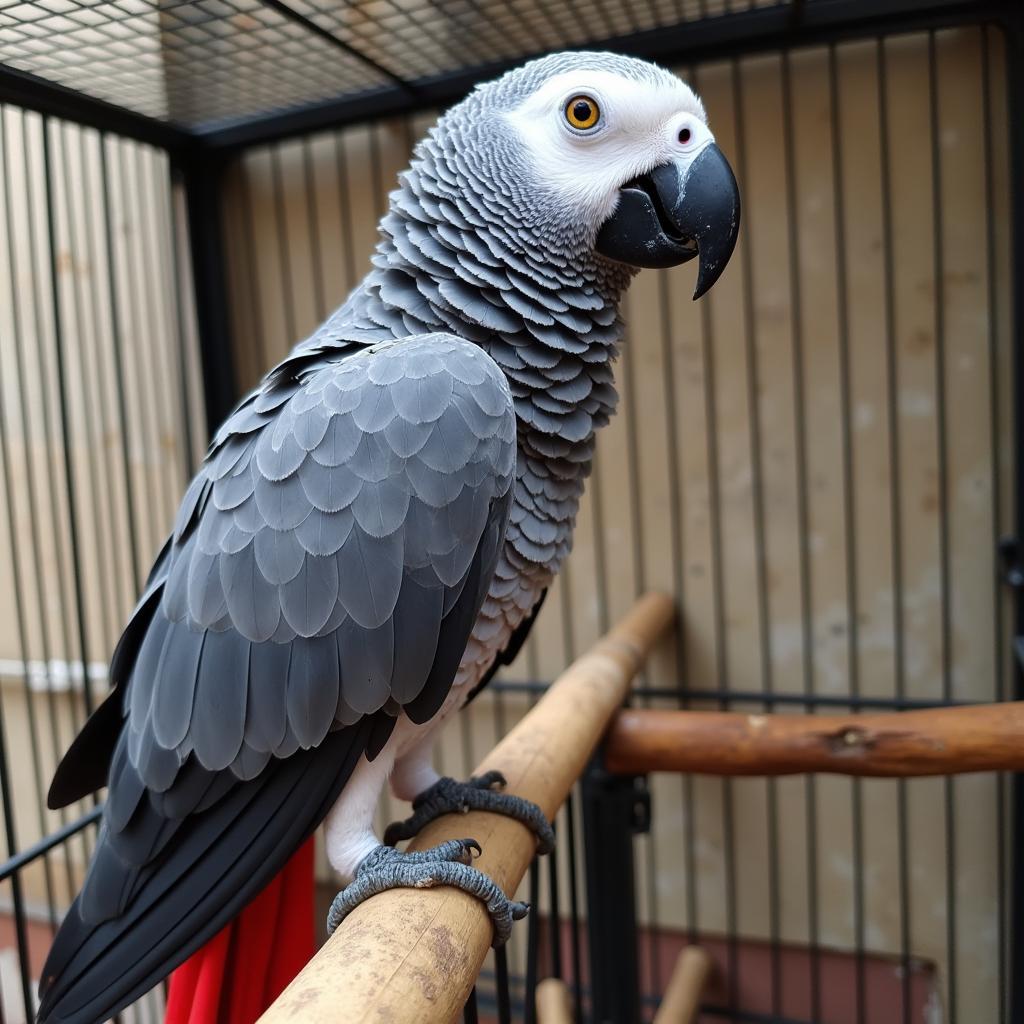African Buck Species: A Comprehensive Guide to the Majestic Antelopes of Africa
The African continent is renowned for its incredible biodiversity, and among its most captivating creatures are the antelopes, often referred to as “bucks.” These graceful and agile animals are a true testament to the continent’s rich wildlife heritage. With their striking appearance and captivating behaviors, African Buck Species have long fascinated explorers, wildlife enthusiasts, and conservationists alike. This comprehensive guide delves into the fascinating world of African buck species, exploring their diverse characteristics, habitats, and conservation status.
A Glimpse into the World of African Buck
The term “buck” is a broad classification encompassing a variety of antelope species found throughout Africa. They belong to the family Bovidae, which includes various hoofed mammals with distinctive characteristics like horns and a four-chambered stomach. African buck species are distinguished by their impressive size, unique horn shapes, and diverse ecological roles.
Diverse Characteristics of African Buck Species
African buck species showcase remarkable variations in size, shape, and coloration. Some, like the Eland, are the largest antelopes in the world, while others, like the Dik-dik, are among the smallest. The Impala is known for its graceful leaps, while the Kudu is distinguished by its majestic, spiraled horns.
The Importance of African Buck Species
These animals play crucial roles in African ecosystems. They are an important food source for predators like lions, leopards, and cheetahs. Their grazing habits help maintain healthy grasslands and prevent overgrazing.
“African buck species are a vital part of the African landscape. Their presence contributes to the balance and well-being of the entire ecosystem,” states Dr. Njeri Kamau, a renowned wildlife biologist.
Exploring Key African Buck Species
The vast African continent is home to an array of remarkable buck species, each with its own distinct traits and adaptations. Let’s take a closer look at some of the most prominent and intriguing species:
1. The Majestic Eland
The Eland, also known as the “Giant Eland,” is the largest antelope species in the world, reaching heights of up to 6 feet and weighing up to 2,000 pounds. These majestic creatures are typically found in grasslands and open woodlands across sub-Saharan Africa. Their distinctive features include massive horns that curve back towards their necks and a short, shaggy coat.
2. The Agile Impala
The Impala is renowned for its graceful leaps, capable of bounding over 10 feet high and 30 feet long. These slender antelopes are a common sight in open grasslands and savannas across southern and eastern Africa. Their distinctive features include a reddish-brown coat, a black and white rump patch, and lyre-shaped horns in males.
“Observing an Impala in its natural habitat is a truly captivating experience,” shares Dr. Kamau. “Their agility and grace are a testament to the beauty and diversity of African wildlife.”
3. The Striking Kudu
The Kudu, distinguished by its impressive, spiraled horns, is a magnificent sight. These large antelopes are found in woodlands and mountainous areas across eastern and southern Africa. Their distinctive features include a reddish-brown coat, white stripes running vertically down their body, and long, spiraled horns that can reach up to 6 feet in length.
4. The Tiny Dik-dik
The Dik-dik, one of the smallest antelope species, stands at just 12 inches tall and weighs less than 10 pounds. These diminutive creatures are found in grasslands and scrublands across eastern and southern Africa. Their distinctive features include a short, reddish-brown coat, tiny horns that are barely visible, and a short, pointed snout. Dik-diks are highly social creatures, living in pairs or small groups.
Conservation Efforts for African Buck Species
Many African buck species are facing threats due to habitat loss, poaching, and human encroachment. Conservation efforts are crucial to ensure the survival of these majestic creatures.
1. Habitat Protection
Protecting and restoring natural habitats is essential for safeguarding African buck populations. This includes establishing national parks, reserves, and other protected areas.
2. Anti-Poaching Initiatives
Combating poaching through increased surveillance, stricter regulations, and community engagement is vital.
3. Education and Awareness
Raising public awareness about the importance of African buck species and the threats they face is crucial for promoting conservation efforts.
FAQs about African Buck Species
Q: What is the difference between an antelope and a buck?
A: “Buck” is a general term often used to refer to male antelopes. However, it can also be used as a more general term for any antelope species.
Q: Where can I find African buck species in the wild?
A: African buck species are found in various habitats across the continent, including grasslands, savannas, woodlands, and mountainous regions.
Q: Are there any African buck species that are endangered?
A: Yes, several African buck species are threatened or endangered, including the Saiga Antelope, the Mountain Nyala, and the Addax.
Q: What can I do to help conserve African buck species?
A: You can support conservation organizations, visit ethical wildlife sanctuaries, and advocate for responsible wildlife tourism.
Beyond the Buck: A World of Fascinating African Wildlife
This journey into the world of African buck species has only scratched the surface of the continent’s remarkable biodiversity. From the mighty Elephant and the graceful Giraffe to the colorful Birds of Paradise, Africa teems with extraordinary creatures.
Connect with Us
For more insights into the fascinating world of African wildlife and conservation, visit our website at african continent split in two. Join us on a journey of discovery and learn how you can contribute to protecting these remarkable creatures.
We’re always happy to answer your questions. Contact us at +255768904061 or kaka.mag@gmail.com.

